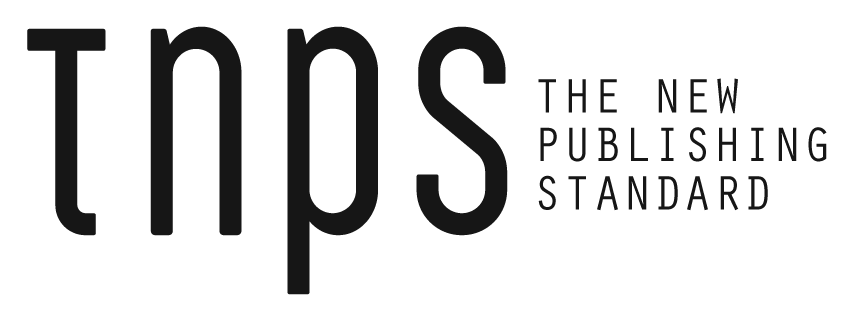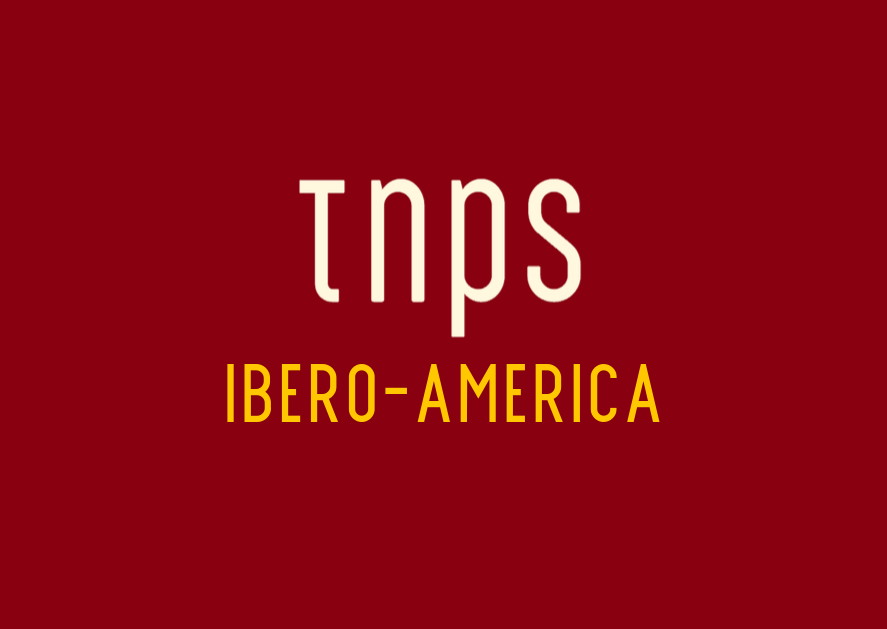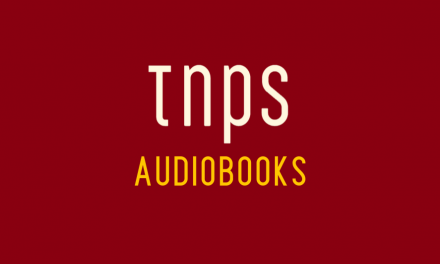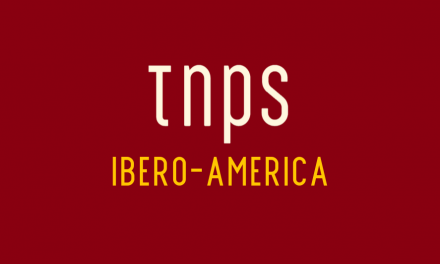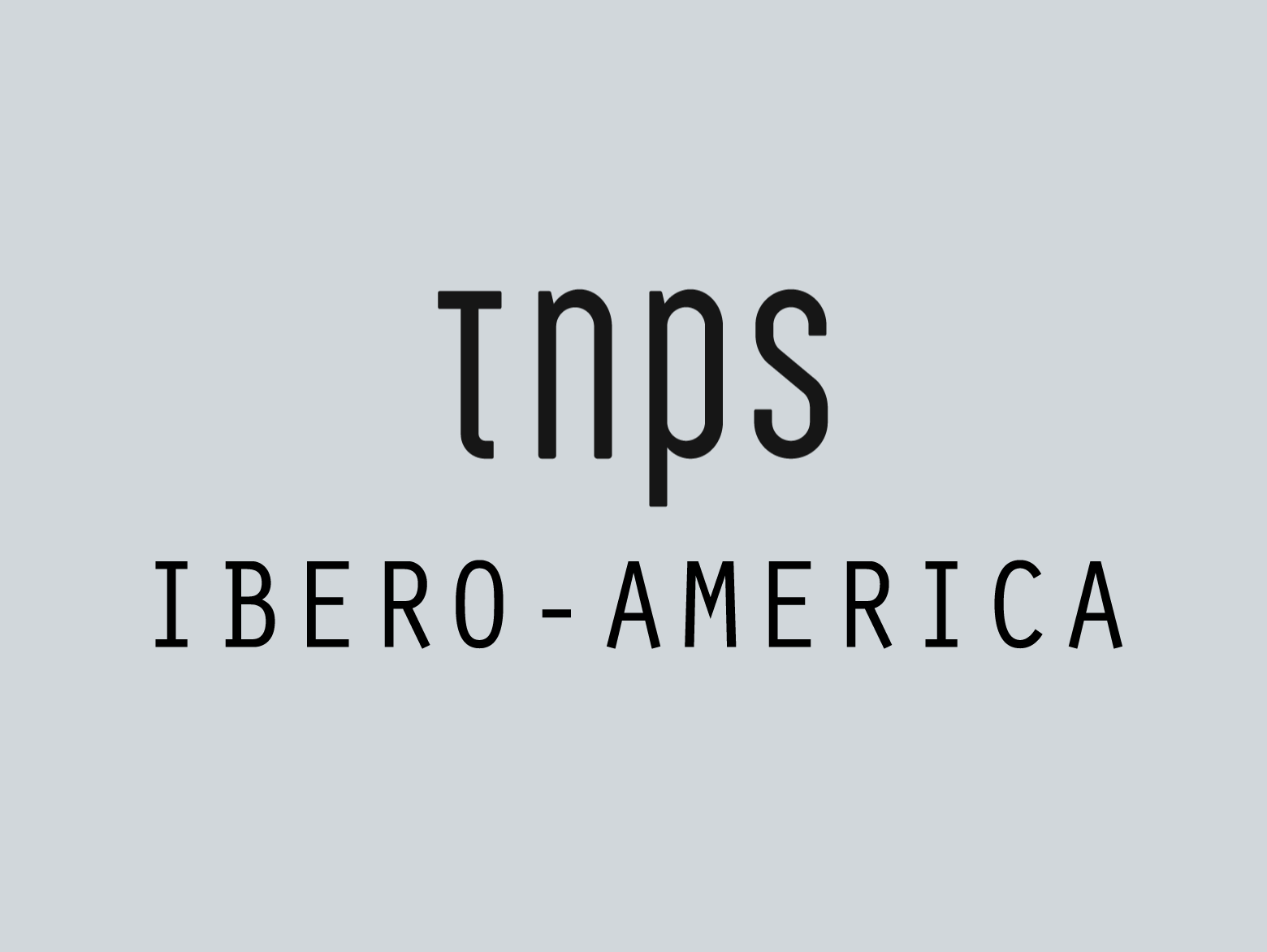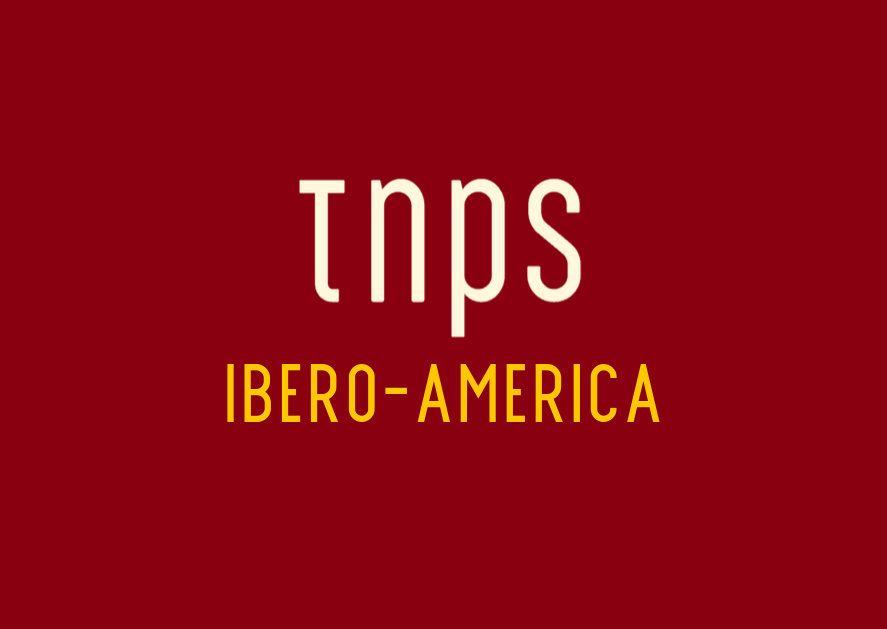In 2024, 17,989 new titles were published in Colombia, with 37.9 million copies sold, signalling a strong rebound in production and demand.
The Colombian publishing industry continues to demonstrate robust growth, as revealed in the latest statistical report presented by the Colombian Book Chamber at FILBo 2025.
The data highlights sustained increases in sales, production, employment, and market diversification, reinforcing the book industry’s role in the country’s cultural and economic landscape.
With sales reaching 996.624 billion pesos, up 3.9% on 2023 – the sector has not only recovered from pandemic-era disruptions but has also adapted to evolving reading habits and digital transformation.
Thematic Diversity
In 2024, 17,989 new titles were published in Colombia, with 37.9 million copies sold, signalling a strong rebound in production and demand. The market is characterised by notable diversity:
General interest books (40.8% of the market) grew by 5.3%.
Technical and scientific books saw a 5.2% increase.
Religious publications expanded by 4.0%.
Educational books experienced a modest 1.2% rise.
This diversification reflects both consumer demand and publishers’ efforts to cater to varied audiences, from casual readers to academic and professional markets.
National and International Distribution Trends
The domestic market remains the backbone of Colombia’s publishing industry, accounting for 90.7% of sales – a 4.5% increase from 2023.
Exports held steady at 7.0%, maintaining Colombia’s presence in international markets.
Imported books grew by 6.6%, indicating sustained demand for foreign titles and translations.
Key Sales Channels
The distribution landscape remains dynamic, with several dominant channels:
Bookstores and retail outlets (36.0%)
Distributors (13.2%)
Exports (9.3%)
Private institutional sales (8.4%)
These four channels collectively represent nearly 67% of total sector sales, ramming home the importance of both traditional retail and institutional distribution.
Subsector Dynamics: Tailored Strategies
Different publishing niches rely on distinct sales strategies:
General-interest publishers depend heavily on their own bookstores (55.7%) and large retailers (10.4%).
Educational publishers prioritise distributors (25.0%) and private institutional sales (20.1%).
Technical/scientific publishers favour direct sales (25.6%) and distributors (10.6%).
Religious publishers rely on their own stores (57.2%) and exports (17.0%).
This segmentation highlights how publishers tailor their approaches to maximise reach within their specific markets.
Over at PublishNews ES, Lorenzo Herrero Sánchez has the full story with some excellent graphics for those keen to study this market further.
This post first appeared in the TNPS LinkedIn newsfeed.
